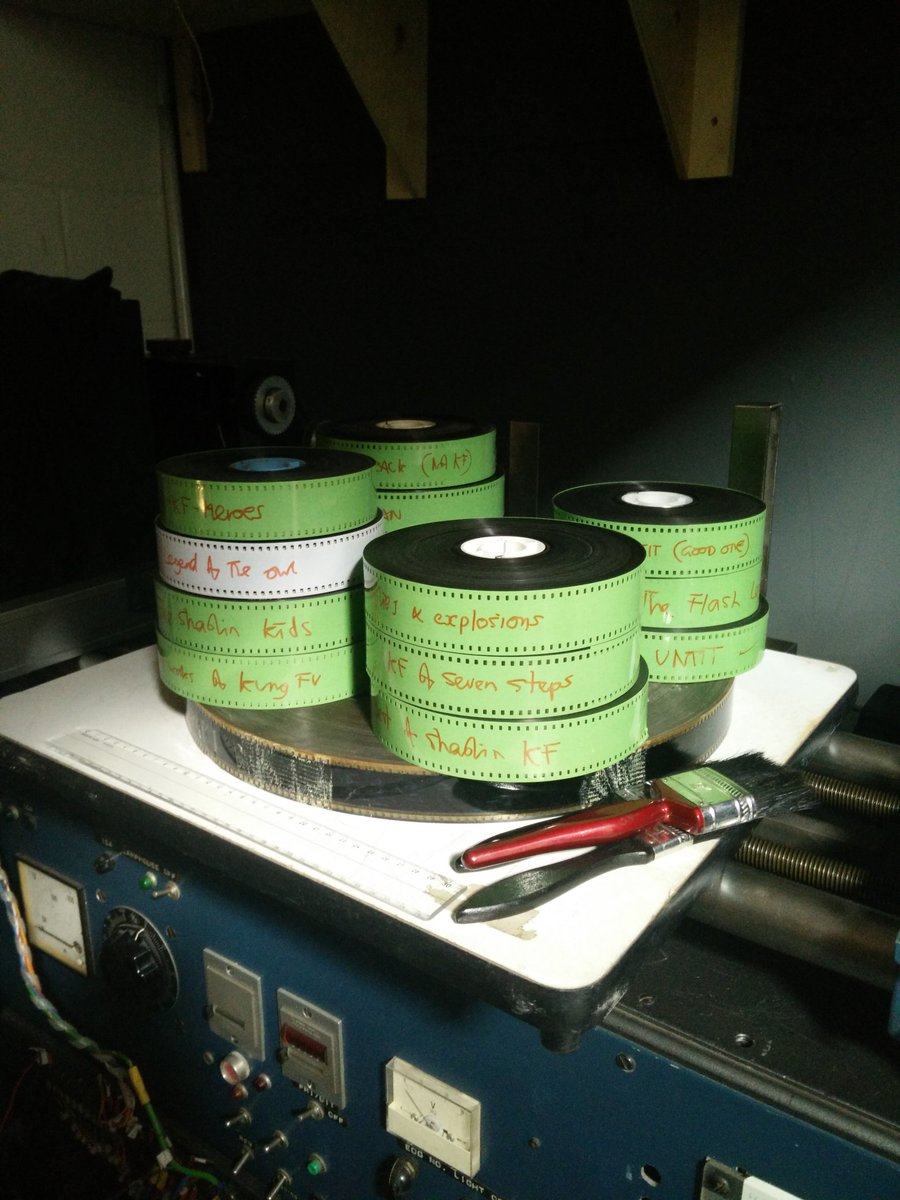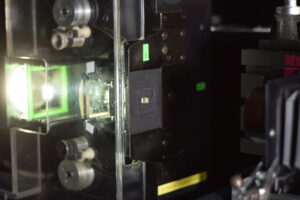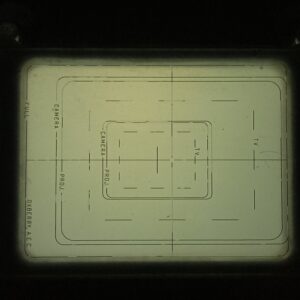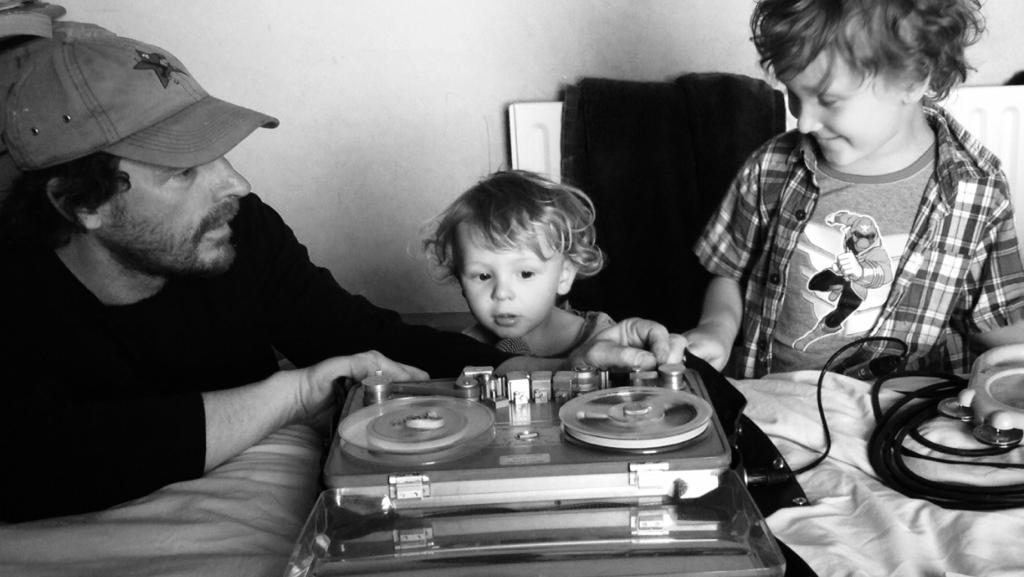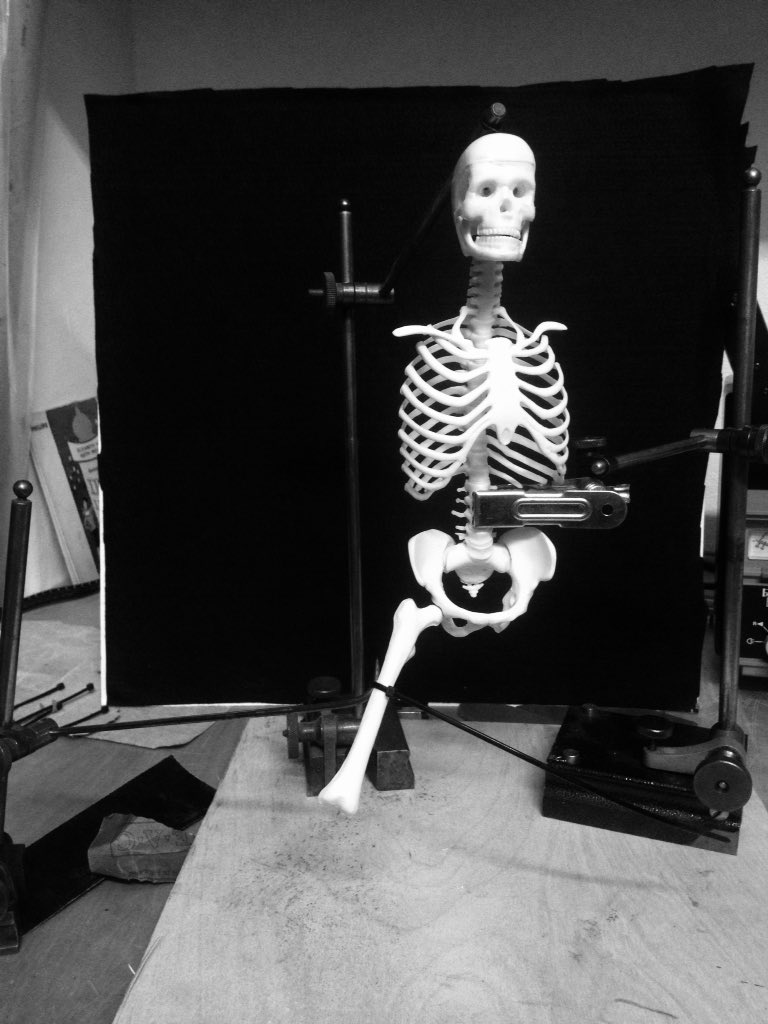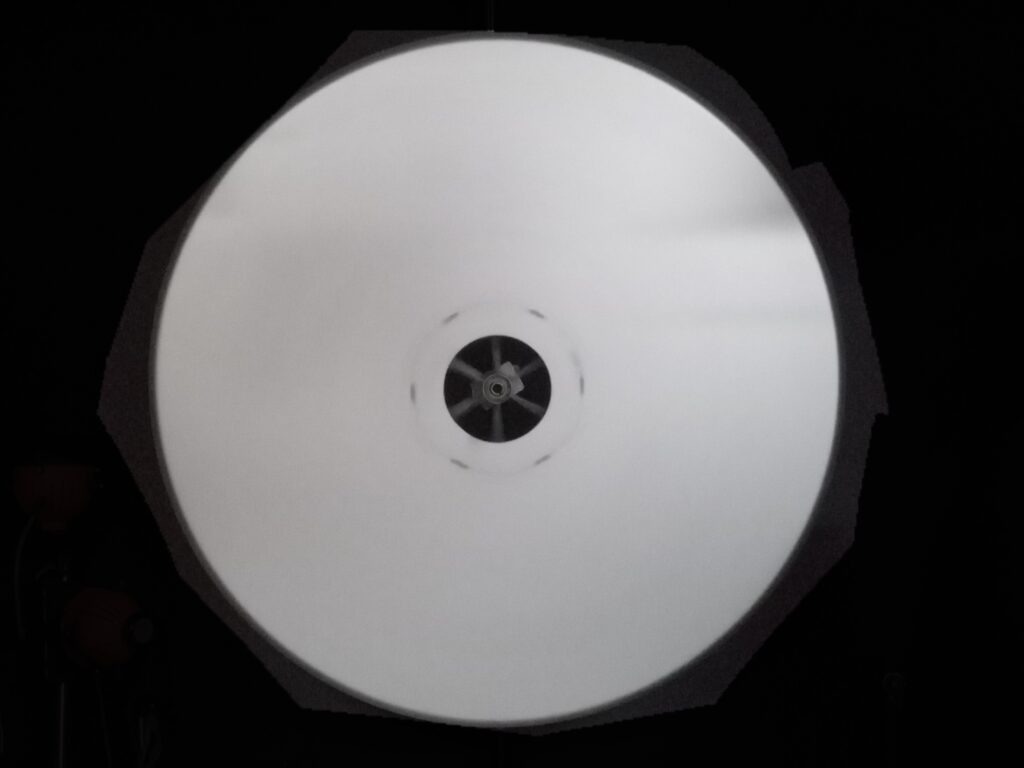Cinema is dead. At least, it is now in its afterlife or even its reincarnation. Cinema is/was the worlds produced using the tools of analogue motion picture expression. If they are gone then so too has Cinema.
“To employ those instruments that have just been born (Colour photography and Cinematography) in order to capture and conserve the facts of the planet which are about to die” Jean Brunhes 1912 (museum Alfred Kahn)
“To employ those instruments that are about to die to capture and conserve those things which have just been born.” Nachleben 2015
I have always been hugely fascinated by Les Archives de la Planète in Paris. The above motto is a riff on the definition of that project by Jean Brunhes, from 1912, effectively inverting it. A big question for me now in 2024 is ‘How and why should we make archival records on film?’ This is why I like this word, this concept, this idea of ‘Nachleben’, the afterlife and survival of film.
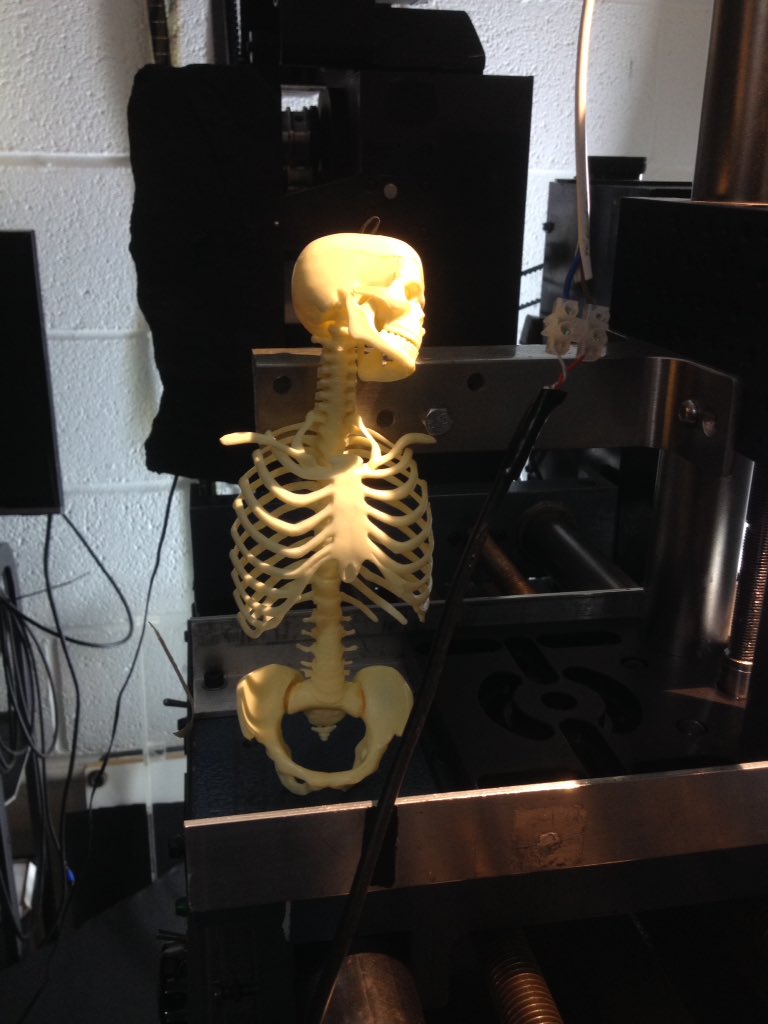
My project is to use the creative environment of a film lab and archive to produce, devise and develop creative projects and works of Art. By ‘film lab’ I mean a studio with all the necessary tools to produce motion picture works, from cameras, printers to sound equipment, recording devices and projectors. This could include purely experimental ways to conserve or restore motion picture samples, with no necessary outcome. Or exploring ways to add masks or shadows to contact printing so different density exposures can be made across the same negative. Or to restage working environments that applied motion picture techniques such as dynamation for stop motion animation.
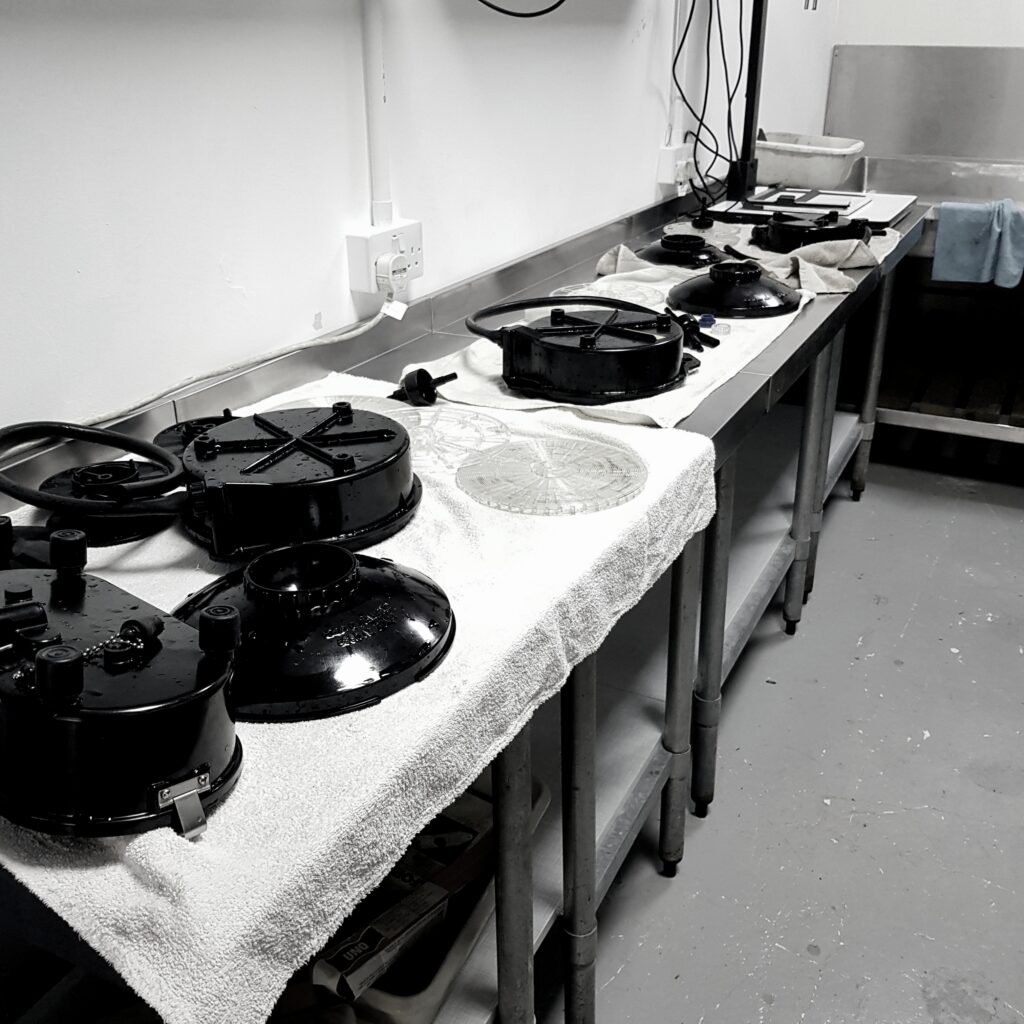
As such it forms a kind of experimental media archaeology;
“Experimental media archaeology is inspired by the idea of historical re-enactment, acknowledging the historian’s (the experimenter’s) role as a co-constructor of the epistemic object. Experimental media archaeology is driven by a desire to produce experimental knowledge regarding past media usages, developments and practices. To do so it will be practical as well as philosophical, empirical as well as theoretical, conceptual as well as experimental, drawing from psychology as well sociology, ethnography as well as cultural anthropology, image theory as well as history. Lastly, experimental media archaeology has an archival drive: it aspires to use the immense collections of media apparatuses (l’appareil de base) waiting in film and other archives for further research.” Andreas Fickers and Annie van den Oever (Techne/Technology. AUP 2014)
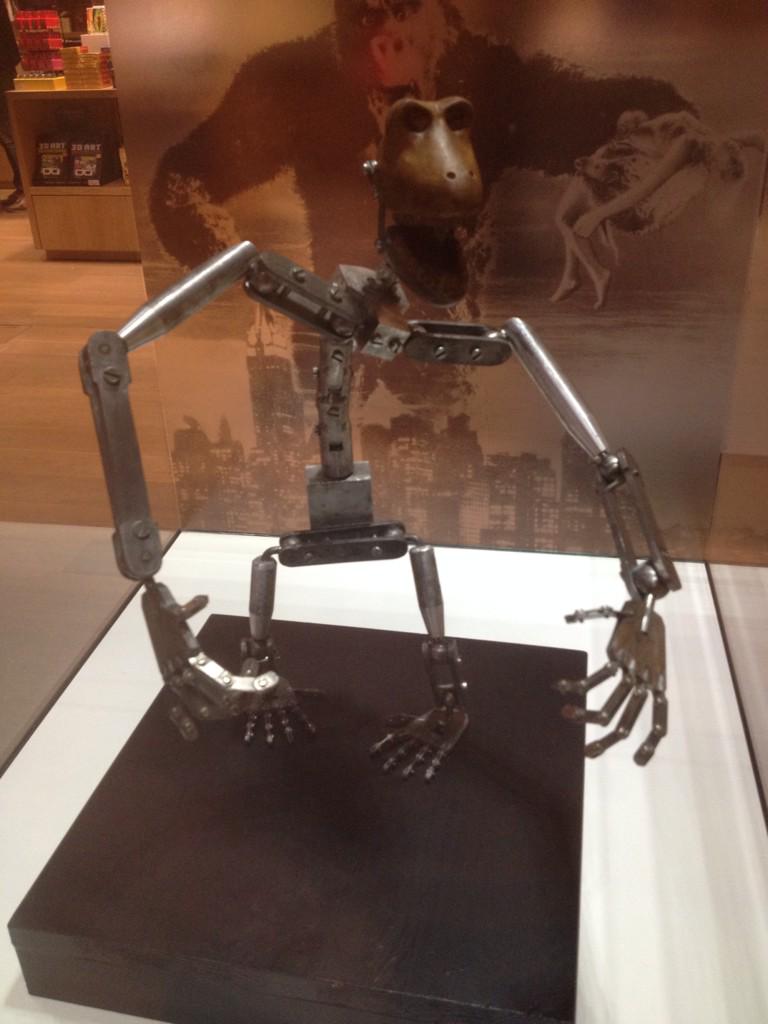
I say a ‘kind of’ because my final output is not knowledge, academic knowledge or anything that sits outside of a creative action or production.
For me the purpose of a camera is to put film in it and shoot. The purpose of cinema is to screen that film. The purpose of an archive is to collect those films and others and the technologies and techniques of their realisation together to form a body that can be passed onto proceeding generations.To an increasing extent the purpose of using analogue motion picture tools now is as a wholesale rejection, abandonment and resistance to the pernicious, pervasive and fascistic development of digital, AI, online and other related data-based mediums and systems.
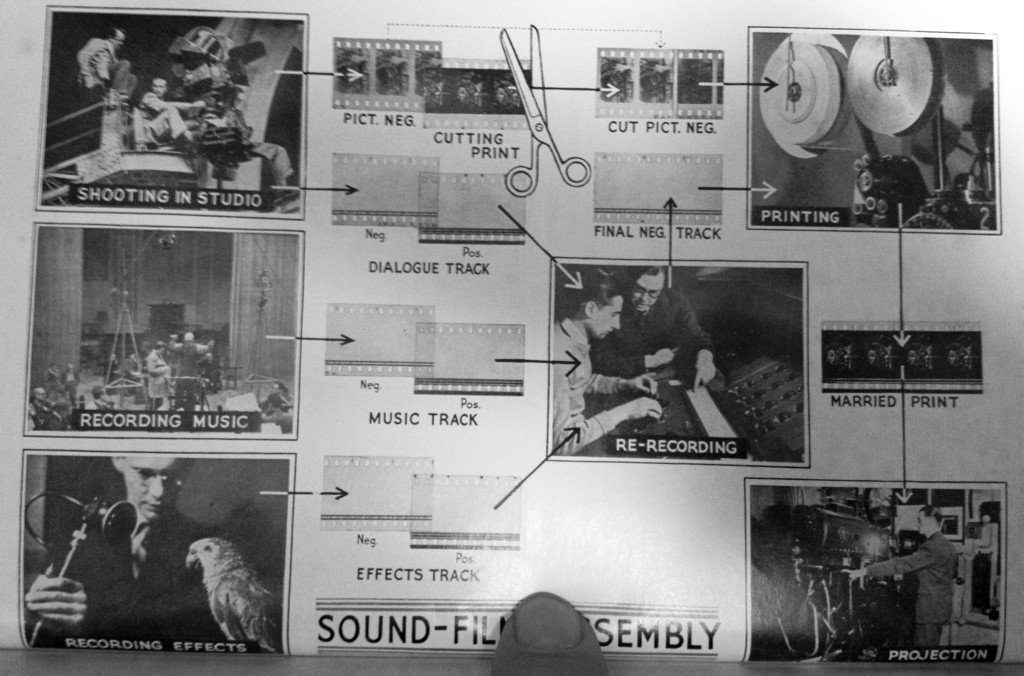
(illustration from Ernest Lindgren’s ‘The Art Of Film’ 1948, photo – Me, Ray and Danny with nagra tape recorder – taken by Chani Morrison)
Some preliminary AIMS of the Lab.
- To make Art works.
- To form a new Archive of (film based) motion picture works.
- To produce works in/through/with film apparatus.
- To collect, select, re-use, re-purpose existing film motion picture material to extend any of 1, 2.
- To Produce re-constructions, re-stagings and re-employments of know and documented creative applications such as Norman McLarens optical camera system or Ray Harryhausens dynamation method/techniques.
- To ensure works are accessible in Cinema form, for Cinema presentation in a Cinema as part of ‘Cinema’. (see [photograph below)
- To make research tests into any related film technology apparatus and share any findings openly.
- To explore digital control technologies in order to discover deeper uses of machinery.
- To provide facility in Analogue Motion picture, ie Cinema for use by associated Artists and Film Makers.
- To engage with, support and collaborate with any other individuals, organisations or associations or networks who have similar aims.
- To start regular screenings at new studio complex in artists, avant garde, experimental and other kind of associated works.
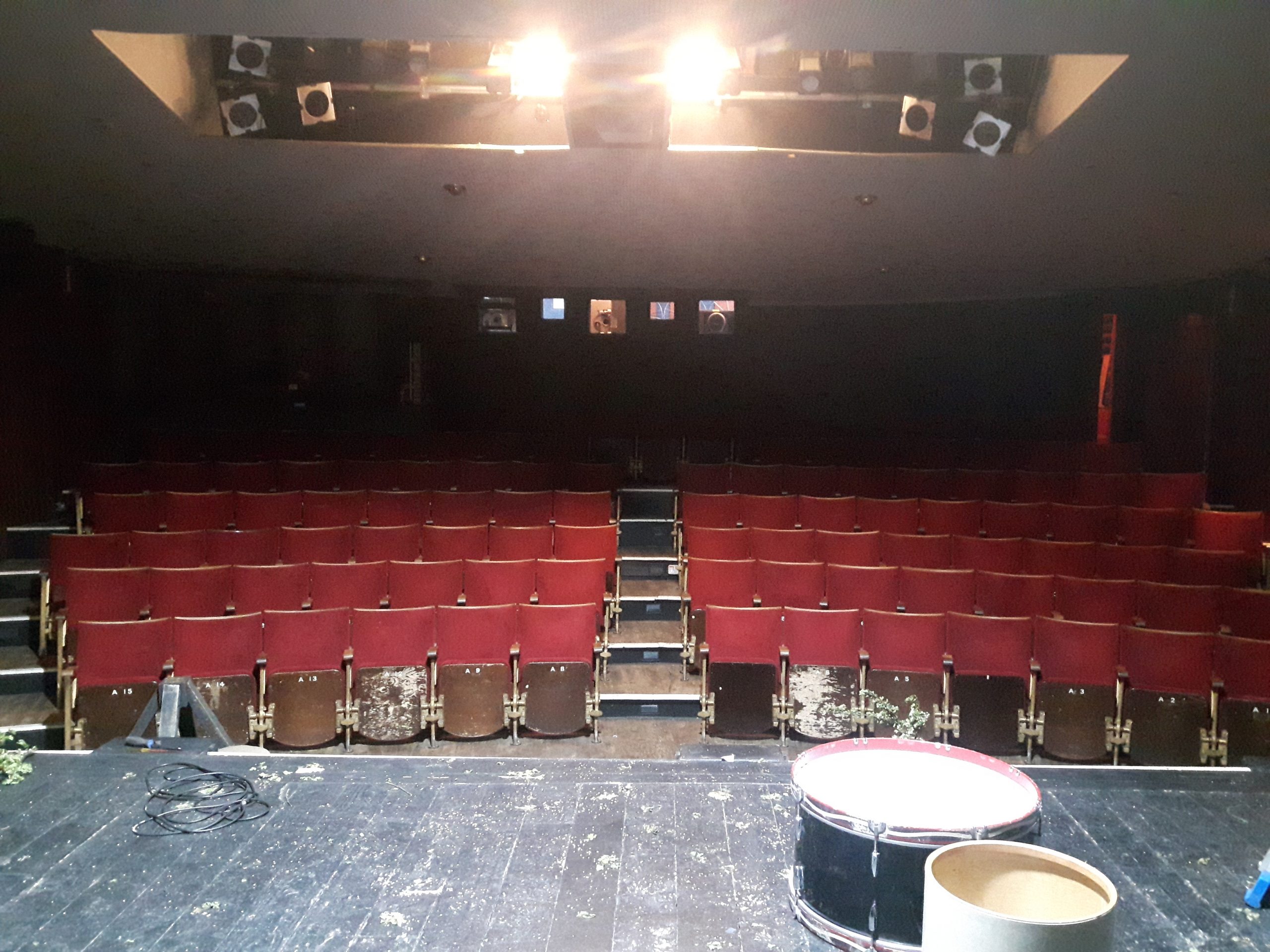
I completed a practice based and led MRes (research MA) with UWE in 2019 and my main focus was on these and other questions:
How can film as memory technology define an artists archive project? (or How / Is film a technology of memory, a set of techniques developed in order that societies might remember?)
How and why (and if) changes in the value of films takes place once they are incorporated into the establishment of a meta-archive (or once they are incorporated into an archive or that orders its parts by resembling the ‘institution of their importance?)
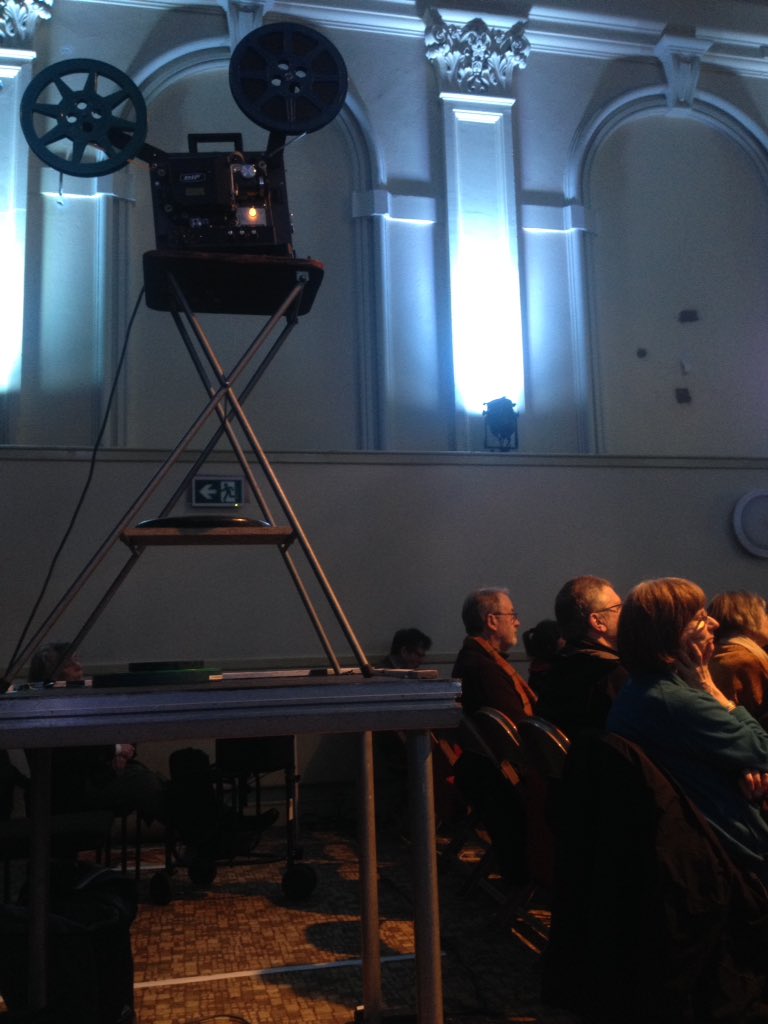
If found footage use is a kind of remembering, an active type of memorialising operation what happens if footage is placed, or planted, contrived or artificial? How will it be taken up, collected, reused, remembered, altered? Even if objects/artefacts are contrived as archival, it cant stop them distributing and engaging with society.
_______
The new space is configured around ‘action and production’. The last few decades have been about ‘collection, acquiring and salvaging, repairing and learning’. In it I can devise, fabricate, shoot, develop, print, re-print, re-shoot, develop, project, record, sleep.
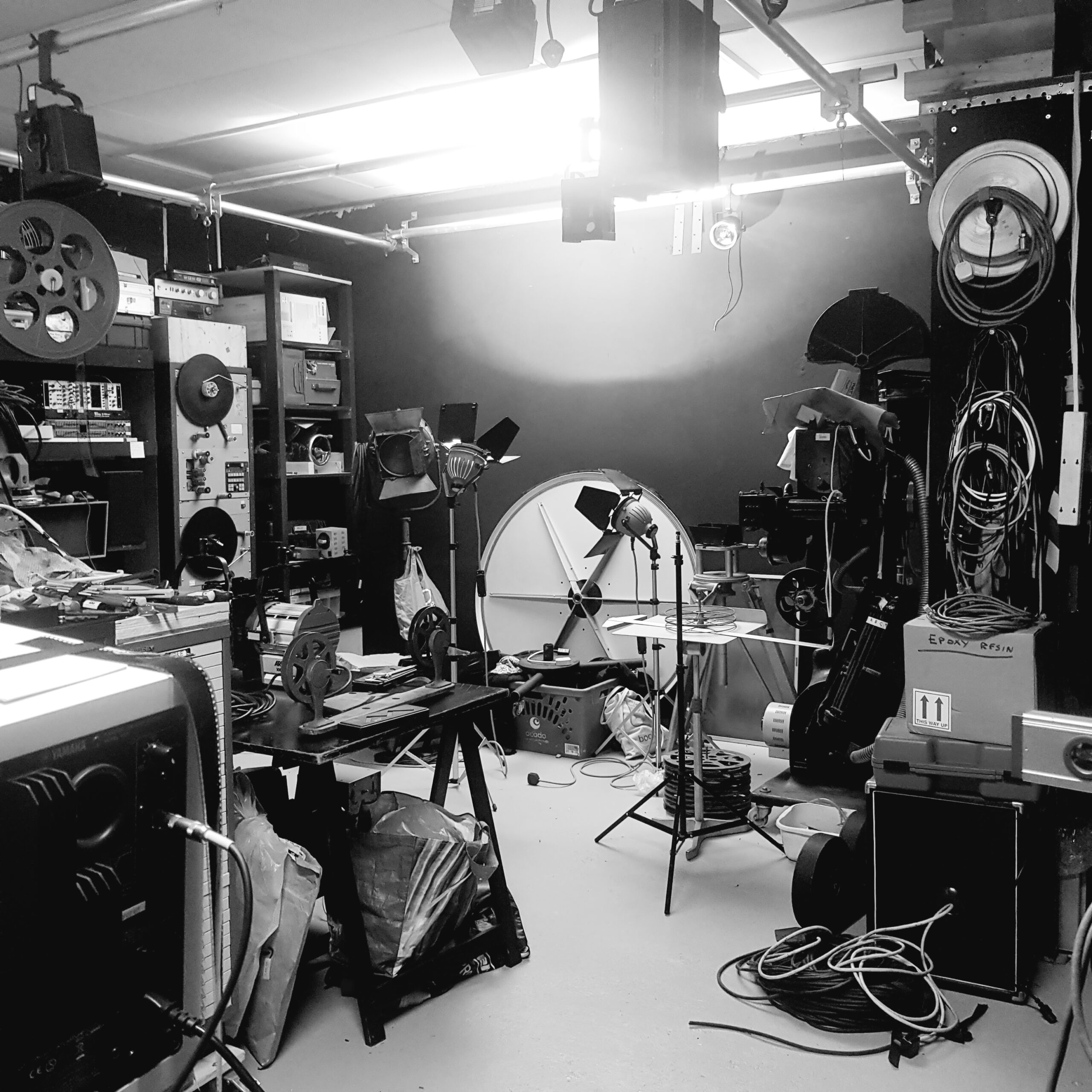
The process to get here has been long, slow, arduous, confusing, frustrating, complicated, expensive, brain racking and often desperate. And where even is ‘here?
Real work starts here, wherever it is.
